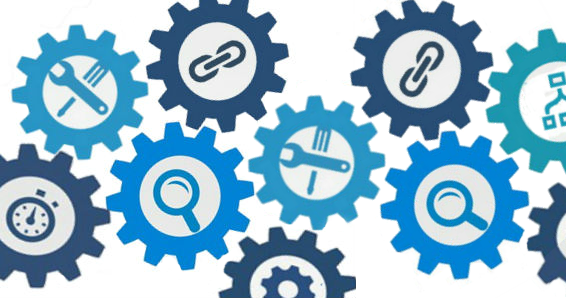
After learning how you can boost your ROI 1000%, you can now see how powerful optimizing your CRM is and how important it can be for your business processes. Whether you are a new, existing, or a power Salesforce user, there are always ways to expand and optimize your current system in order to get the most out of it. With a lot of different moving components in your business process, it is challenging to monitor everyone’s progress. One of the ways to stay on track is through utilizing automated Salesforce workflows.
So what is workflow automation exactly? Workflow automation is a simple way to manage and drive your daily business processes through setting up automated actions and events without spending the extra dollars on additional systems or manpower. It provides you and your team the freedom and the time to be more efficient and not bogged down with day-to-day tasks. Many people get discouraged when talking about workflows, but don’t worry, workflows do not require any technical coding to be built. Before we talk about how workflows rules can be put in place to optimize your Salesforce, lets breakdown the 3 components:
Workflow rules are broken down into evaluation, criteria, and actions. Evaluation is how you determine if that record goes through the workflow. Criteria is where we match the records to predefined rules. Actions are what triggers the automation once the criteria is matched.
Here are some ways people utilize and create workflows for their day-to-day operations:
- Alerts for Opportunities – Receive an email alert whenever an opportunity has been won or receive notification instantly of the reason why a deal was lost.
- Send Tasks and Notifications – Using time dependent actions, you can trigger follow ups or reminders. This way you can ensure nothing gets lost, and keeps your team accountable.
- Maintaining your Database – Standardize and streamline data inputs using field updates to maintain and validate data to ensure clean data. Having a clean database is required for effective reporting when viewing analytics.
Regardless of how long you have had the system, Salesforce workflows are just one of the many ways you can streamline your business processes utilizing preexisting Salesforce functionalities. By doing so, this allows you to save time but also helps you lay down the foundation for huge increases in Salesforce ROI. Have ay questions on Salesforce workflows? Please let us know, we’re happy to answer your questions.
[pardot-form id=”11060″ title=”Wordpress Form – Add this to Blog”]
